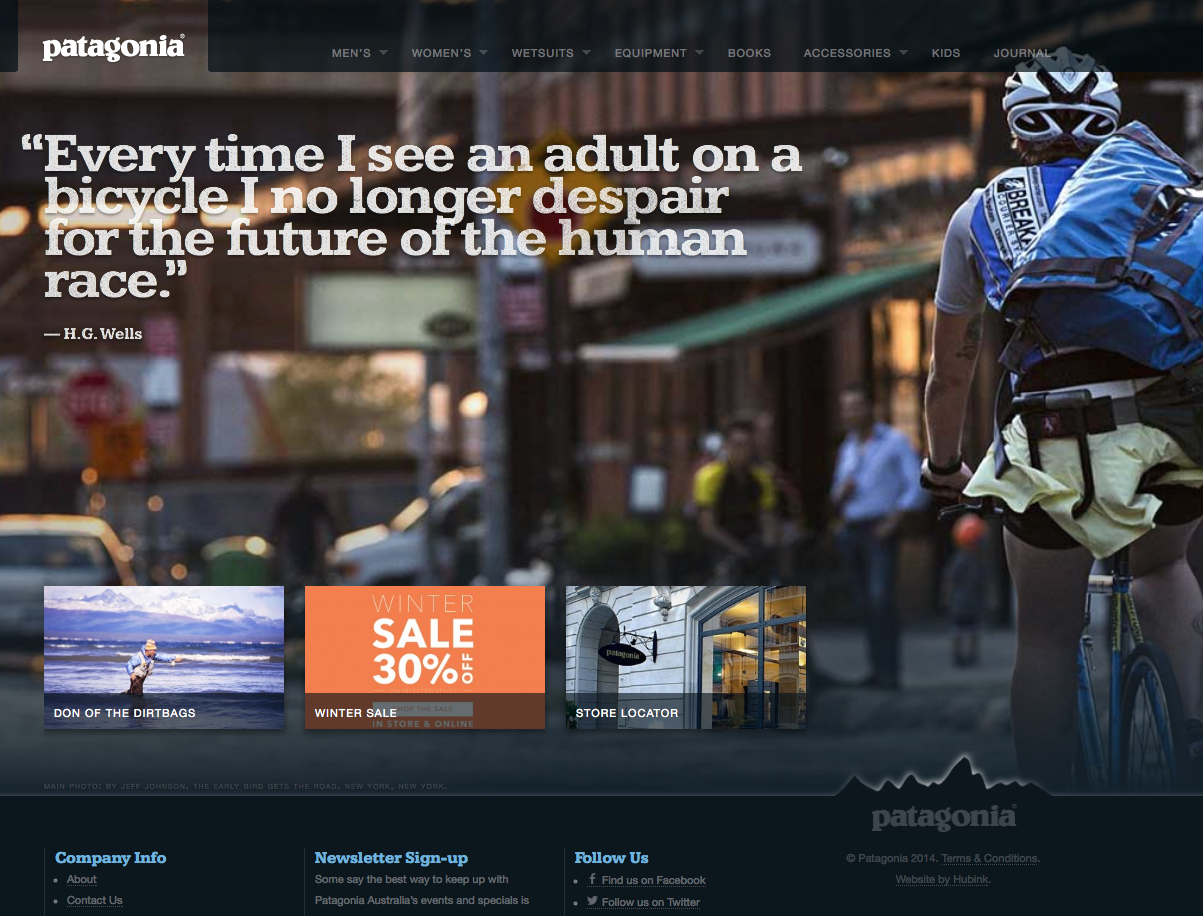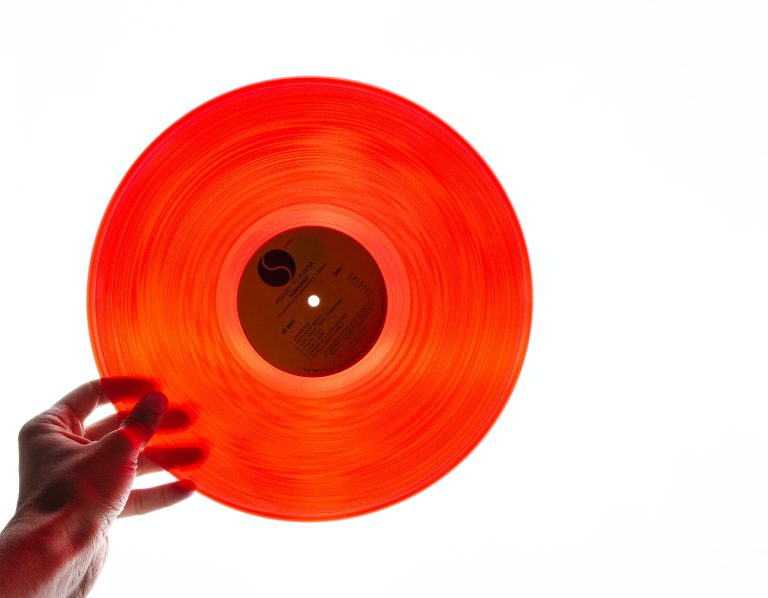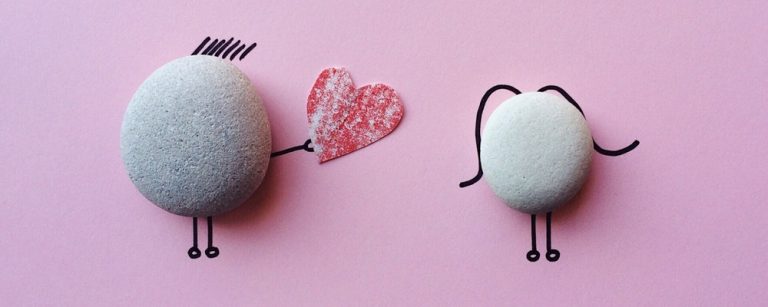“Every time I see an adult on a bicycle, I no longer despair for the human race. ”
Drive down Beach Road at 8am on a weekend and you see them in their hundreds. Some might say lycra clad lemmings, others would say “lycra is very practical, and we’ll see who laughs last when we’re all 80 and you can’t get out of a chair.”
They are my tribe, and we are very loyal to our tribe.
Knowing this, bike shops have begun to fashion themselves as modern day tribal huts – gathering places for members to meet before or after a ride, to bond, drink coffee – and shop.
I’ve experienced this first hand recently. On the search for some new kit (which of course had to match my bike and my new Rapha bib knicks) I visited a new shop-cum-café-cum-architectural space, where the owner offered me a coffee as soon as I walked in. Genius. Why?
Of course, I had an immediate sense of welcome and of being valued – who doesn’t like being bought a drink by a handsome man? But more importantly I now had the time it took to drink a coffee to browse the store and to chat.
Slowed down like this I had a chance to enjoy the experience, and of course left with more than I planned to buy – my choice of course – but that sense of belonging make me more open to the suggestion.
What makes us follow our tribal leaders? And how can we start to provide that influence ourselves?
A brand tribe is a group of people united by a common set of beliefs that tend to go deeper than a single purchase. So it’s not that I own a bike, but the fact I’m out on the coldest mornings of the year, training for hours and suffering the slings and arrows of disgruntled motorists that makes me one with my fellow lemmings.
Tribes are segmentation seen through a kaleidoscope.
My spirit-animal might be the mighty Cadel Evans. But cycling can also mean, hipster-fixie-fashion, a desire to be more eco-conscious or simply an interest in enjoying a slower pace of life.
By diving deeper into these segments and really understanding their beliefs and desires can bring colour and dimension to your messages which makes them more meaningful – and influential.
For instance fellow cyclist Sarah Wilson of I Quit Sugar fame has a very loyal tribe who follow her dictums on everything from what to have for dinner, where to buy your glasses and whether or not to boycott the new Facebook Messenger app. That’s a lot of influence from someone who used to edit Cosmo.
The reason brands like Sarah, Whole Foods, Apple, Nike and Xero are able to create brand advocates like they do is through their ability to forming emotional connections with their customers because of a shared belief about how the world should be.
Check out Patagonia of ‘Don’t buy this jacket’ fame – not a single product in sight, but hey, they equate bikes with a brighter future too!

How do you form your own tribe?
Think about the world your consumers want, outside of their interaction with you.
Look for the sweet spot where your values align with theirs, the things you both care about.
Consider whether you can break your target market down into smaller segments based on their attitudes and specific needs.
Find ways to create a ‘tribal hut’ whether it’s making your retail environment more welcoming, or providing a virtual space through a webinar, forum or LinkedIn group where your tribe can meet and grow.
And metaphorically speaking, get prepared to sit around the campfire and exchange some stories by including those ideas in your content strategy.




